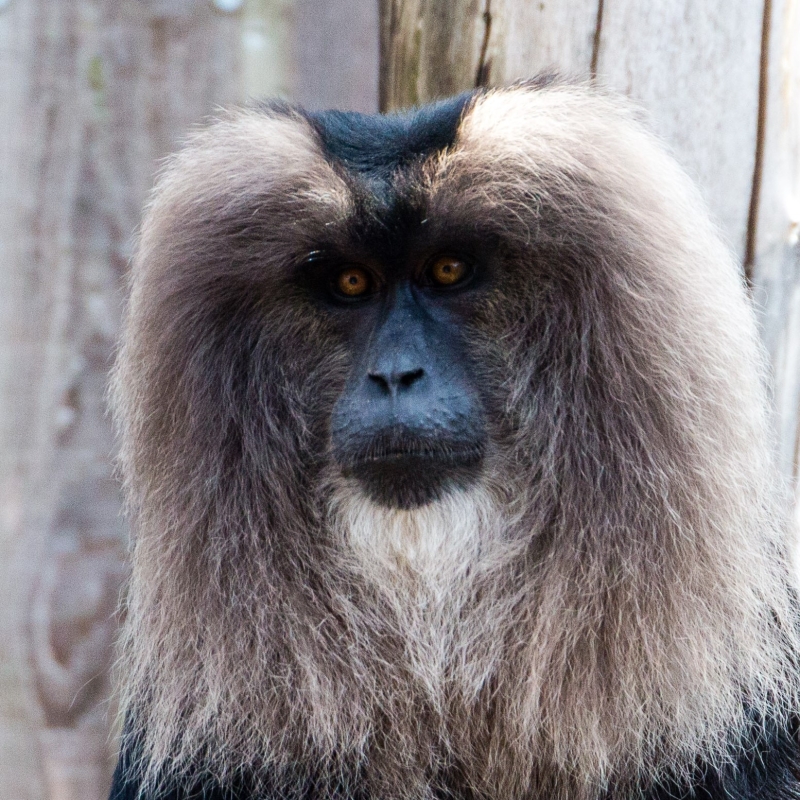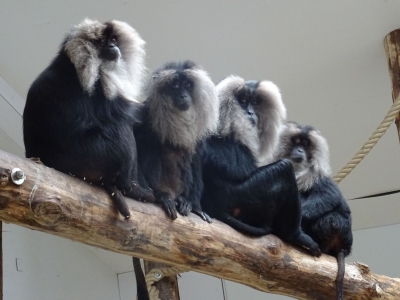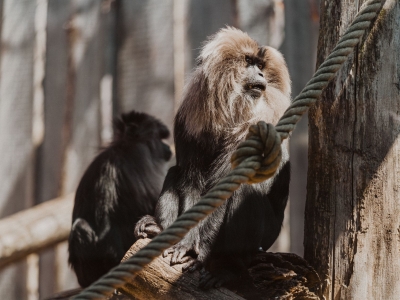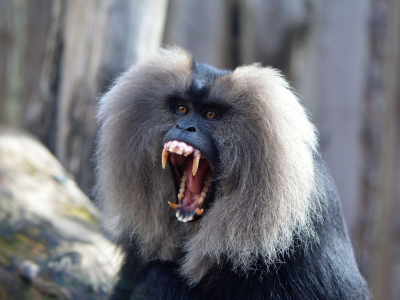Lion-tailed macaque Macaca silenus
Animals in our sanctuary
Kerala
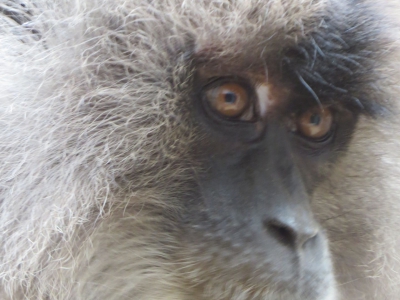
Kerala came together with the other bearded monkeys from an animal park where they had to make room for animals that participate in international breeding programs. Those were breeding programs for the maintenance of animals threatened with extinction.
Manjeri
1.jpg)
Manjeri came together with the other bearded monkeys from an animal park where they had to make room for animals that participate in international breeding programs. Those were breeding programs for the maintenance of animals threatened with extinction.
Suraj
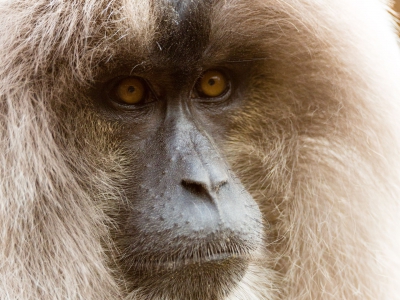
Suraj came together with the other bearded monkeys from an animal park where they had to make room for animals that participate in international breeding programs. Those were breeding programs for the maintenance of animals threatened with extinction.
Where does he feel most at home?
The lion-tailed macaques live in the tropical rainforests on the mountainsides found in Southwest India. You can find them up to 1500 metres above sea level. They prefer deciduous trees.
What's his favourite food?
They like to eat seeds, nuts, berries, fruit and flowers.
Fun fact
The lion-tailed macaques have cheek pouches to store food. This is because they’re terrified to be captured and want to find as much food in as little of time as possible.
Adopt this Lion-tailed macaque


